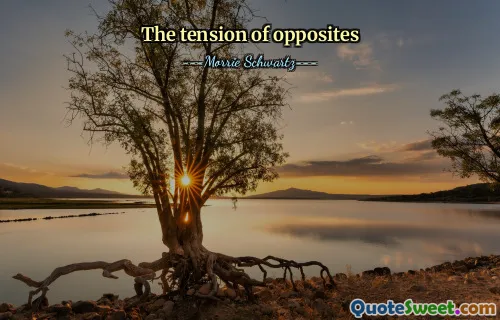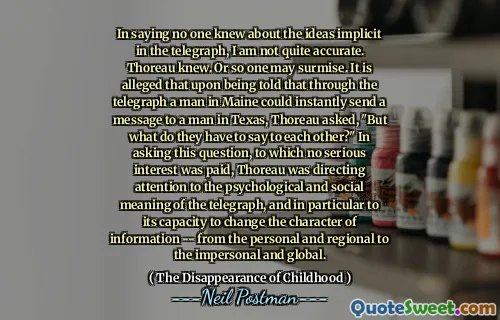
Radio is so fragmented, it's unbelievable.
The quote highlights a significant reality in the broadcasting and entertainment industry—radio has become highly fragmented over the years. This fragmentation can be attributed to several factors, including technological advancements, the rise of multiple digital platforms, and changing listener preferences. As the internet and smartphones became ubiquitous, listeners gained access to an almost limitless array of content sources, from streaming services to podcasts, which have diversified the ways people consume audio content. This shift has led to a dispersal of audiences across countless stations, streaming channels, and personal playlists, making it challenging for radio stations to maintain a unified or broad-reaching influence. For traditional radio broadcasters, this fragmentation presents both challenges and opportunities. On one hand, they face increased competition and the need to innovate to retain their listeners. On the other hand, they now have the chance to target niche audiences with more specificity than ever before. For content creators and marketers, understanding this segmentation is critical, as they must tailor their messages to diverse listener groups to stay relevant. Overall, the statement underscores the complex and ever-evolving landscape of radio broadcasting, reflecting on how technological and societal shifts continually redefine the media ecosystem. Such fragmentation necessitates adaptability, innovation, and a deeper understanding of individual listener habits to succeed in this highly dispersed environment.






